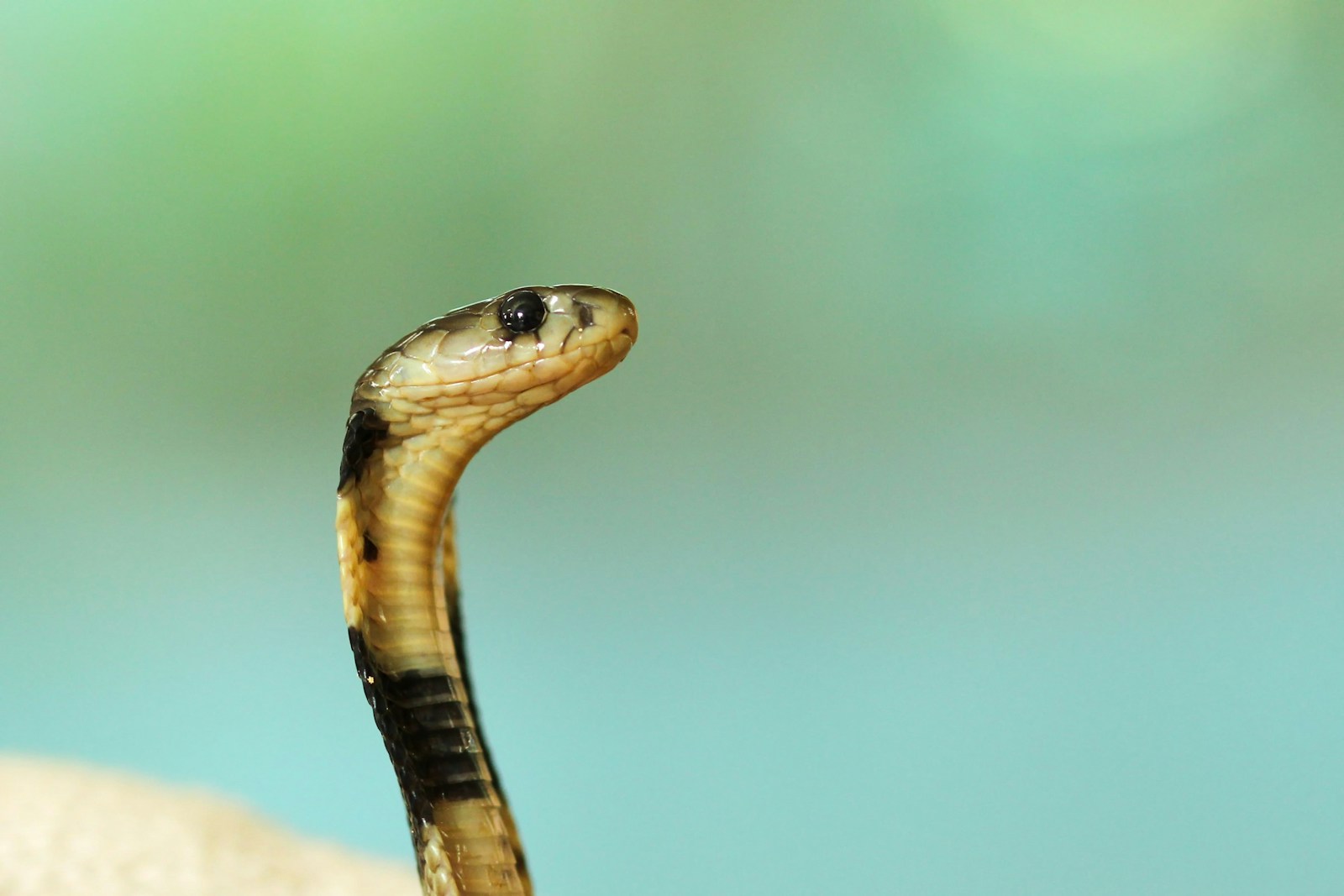Keeping snakes as pets requires careful attention to their wellbeing. Unlike mammals that might whine, bark, or meow when distressed, snakes communicate their discomfort in more subtle ways. Recognizing the signs of stress in captive snakes is crucial for their health and longevity. Chronic stress can lead to compromised immune systems, feeding problems, and shortened lifespans. As responsible keepers, we must learn to “speak snake” and understand their non-verbal cues signaling distress. This article explores ten key indicators that your serpentine companion might be experiencing stress in its captive environment, helping you create a more comfortable habitat and relationship with your scaled pet.
Excessive Hiding Behavior
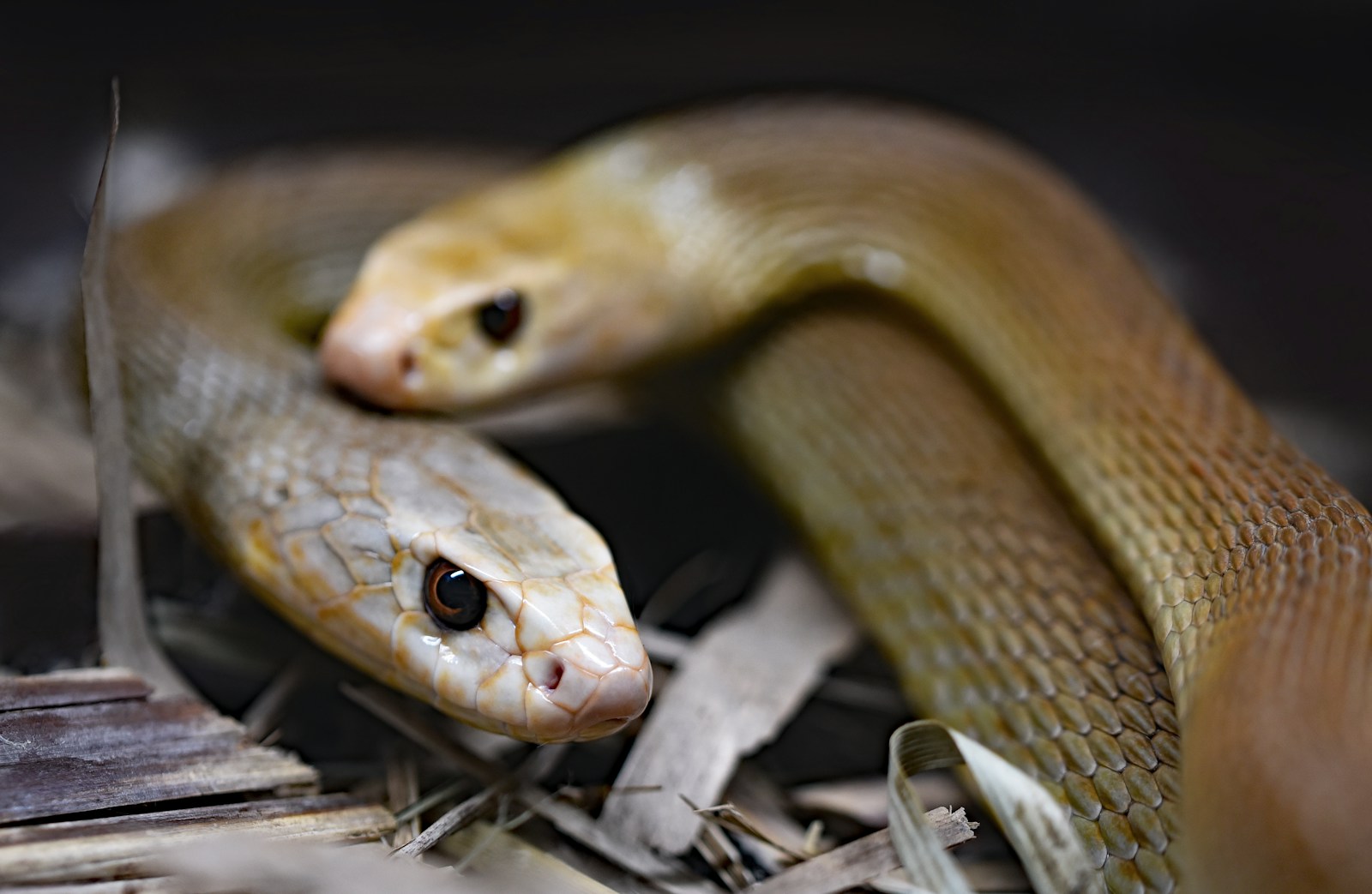
While snakes are naturally secretive creatures that appreciate having secure hiding spots, excessive hiding can indicate stress. A well-adjusted snake will typically emerge during its active periods, whether during the day or night depending on the species. If your snake refuses to leave its hide box even during its normal active hours, this could signal that it doesn’t feel safe in its environment. Some species might normally spend 60-70% of their time concealed, but if your snake is virtually never visible or immediately retreats when it senses your presence, it may be experiencing chronic stress. This is particularly concerning if this represents a change from previous behavior patterns or if the snake seems to hide more frantically when approached.
Refusal to Eat
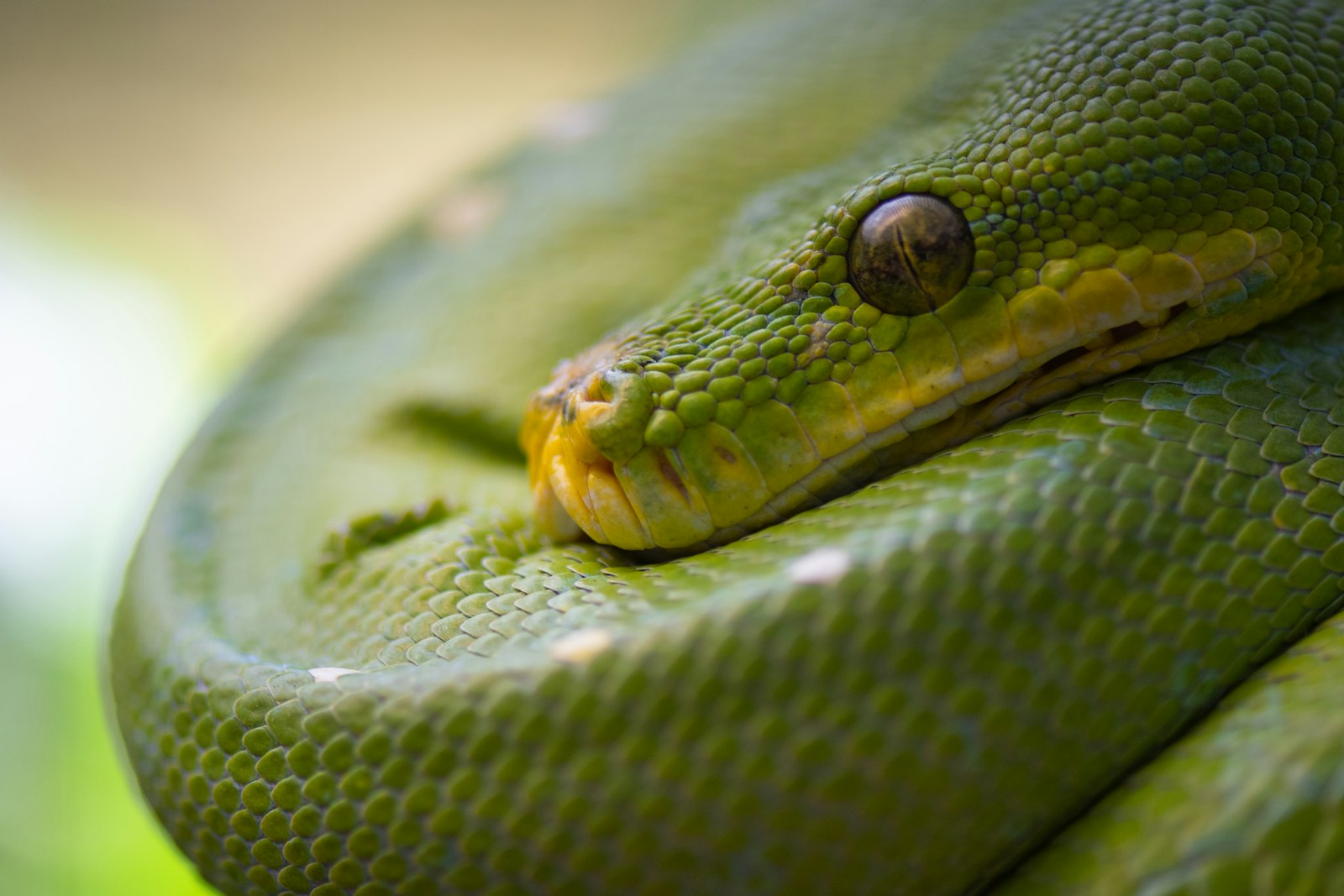
One of the most common manifestations of stress in captive snakes is feeding problems. A stressed snake may refuse food entirely or strike at prey items without actually consuming them. While seasonal fasting or pre-shed anorexia is normal for many species, prolonged refusal to eat outside these periods warrants attention. Some snakes may go off feed for weeks or even months when stressed by environmental factors like inappropriate temperatures, humidity levels, or excessive handling. Ball pythons, for instance, are notorious for stress-related feeding strikes that can last months. If your snake hasn’t eaten for longer than is typical for its species and age, and you’ve ruled out breeding season, illness, or impending shed, stress is a likely culprit.
Defensive Posturing and Striking
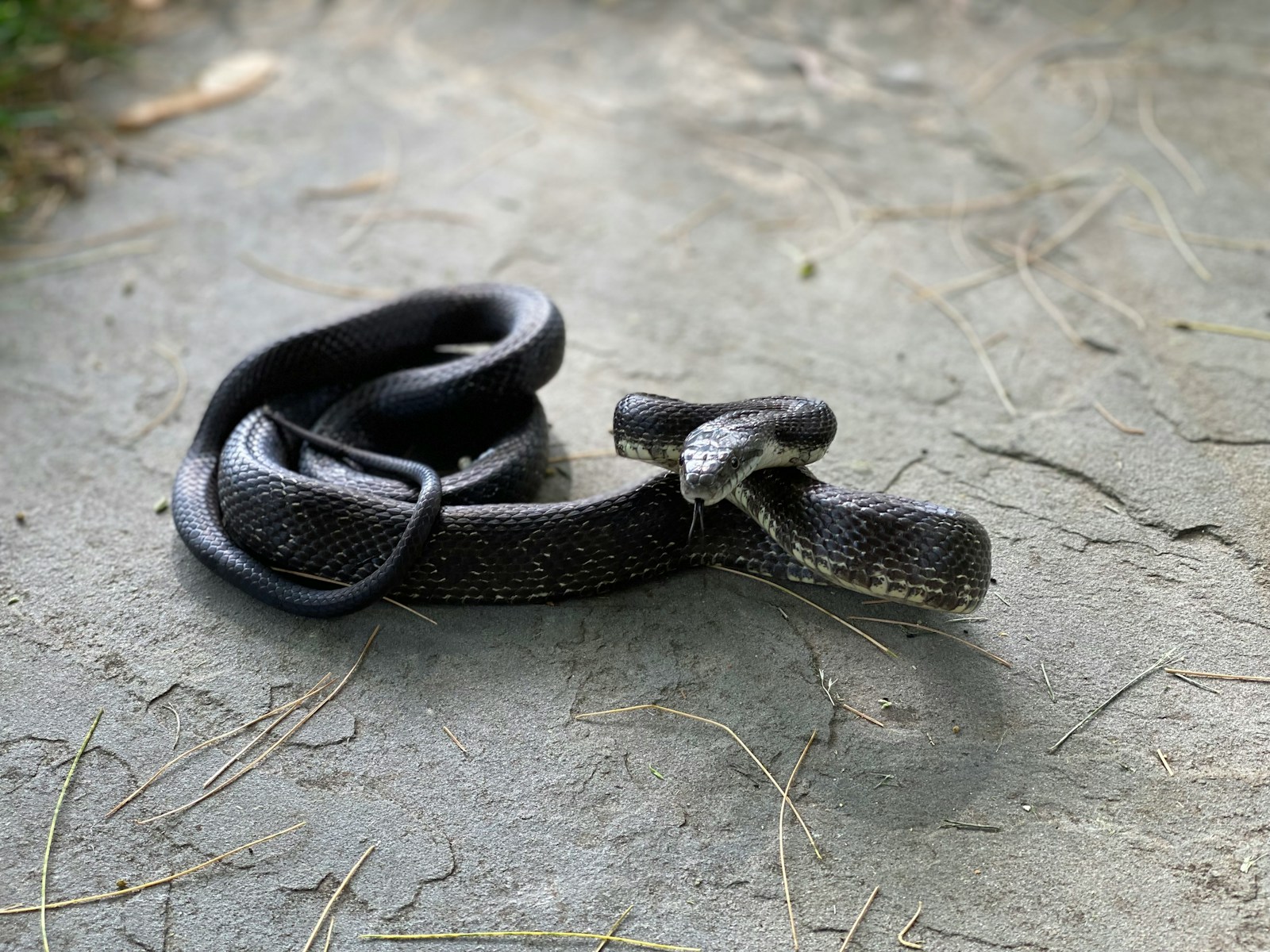
Snakes that feel threatened may adopt defensive postures such as flattening their necks, hissing, or positioning themselves in an S-shape ready to strike. While some species are naturally more defensive than others, a previously calm snake that suddenly shows increased defensive behavior is likely stressed. For example, corn snakes are generally docile, but when stressed may vibrate their tails against their enclosure, creating a rattling sound that mimics a rattlesnake. King snakes and milk snakes might perform “bluff strikes” with closed mouths when feeling threatened. These defensive behaviors indicate the snake perceives danger in its environment and doesn’t feel secure enough to relax normal vigilance behaviors.
Abnormal Locomotion Patterns
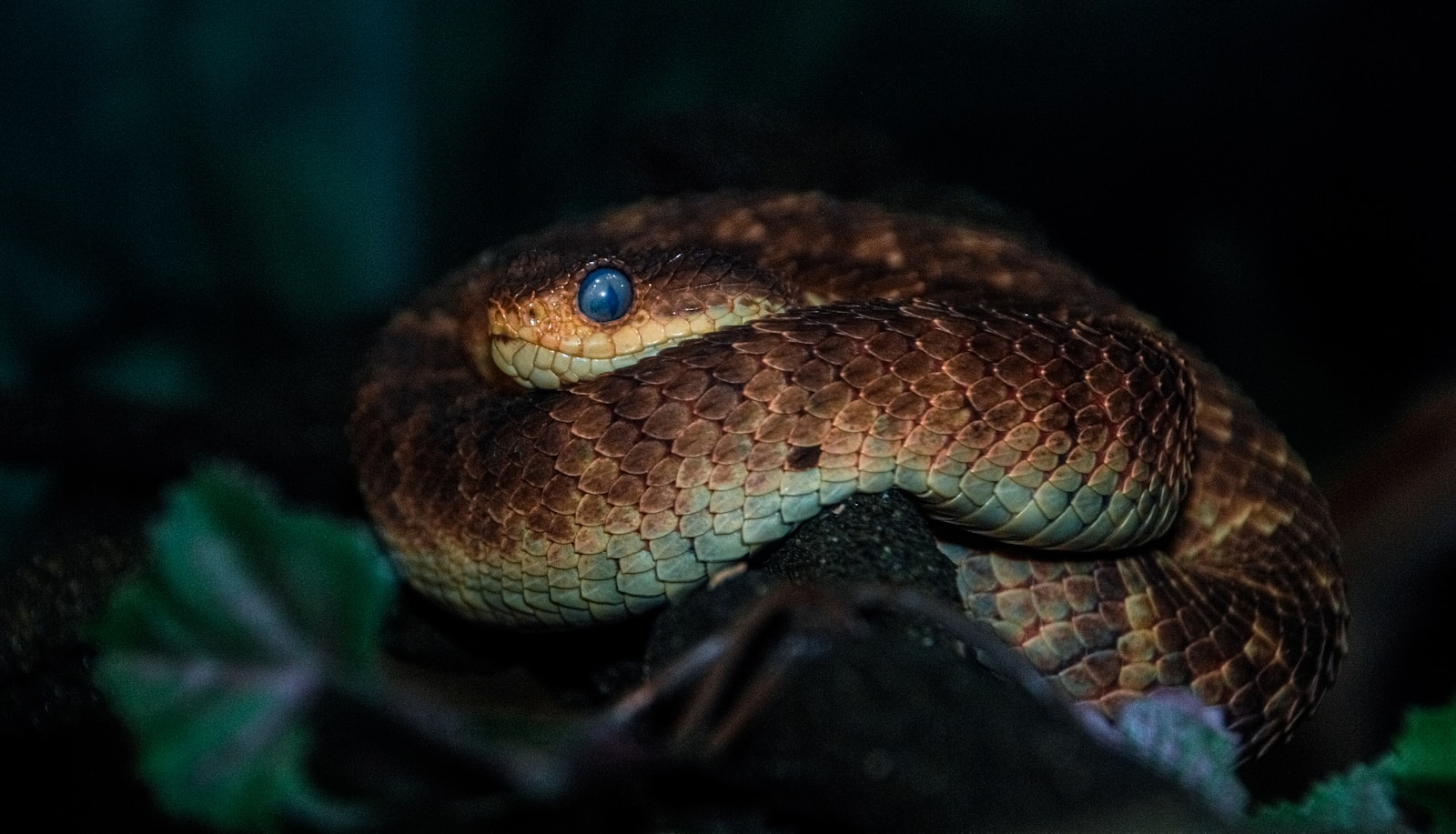
Stressed snakes often exhibit unusual movement patterns that differ from their species’ typical locomotion. “Stargazing,” where a snake holds its head and neck vertically while appearing disoriented, can indicate neurological stress (though it can also signal more serious health issues requiring veterinary attention). Frantic, erratic movements or repeated attempts to escape the enclosure, sometimes called “glass surfing,” suggest the snake is trying to flee from perceived danger or discomfort. Some stressed snakes may also exhibit repeated perimeter pacing, moving along the edges of their enclosure continuously. These abnormal movements typically indicate the snake is either trying to escape stressful conditions or is experiencing neurological effects from environmental stressors such as inappropriate temperatures.
Regurgitation After Feeding
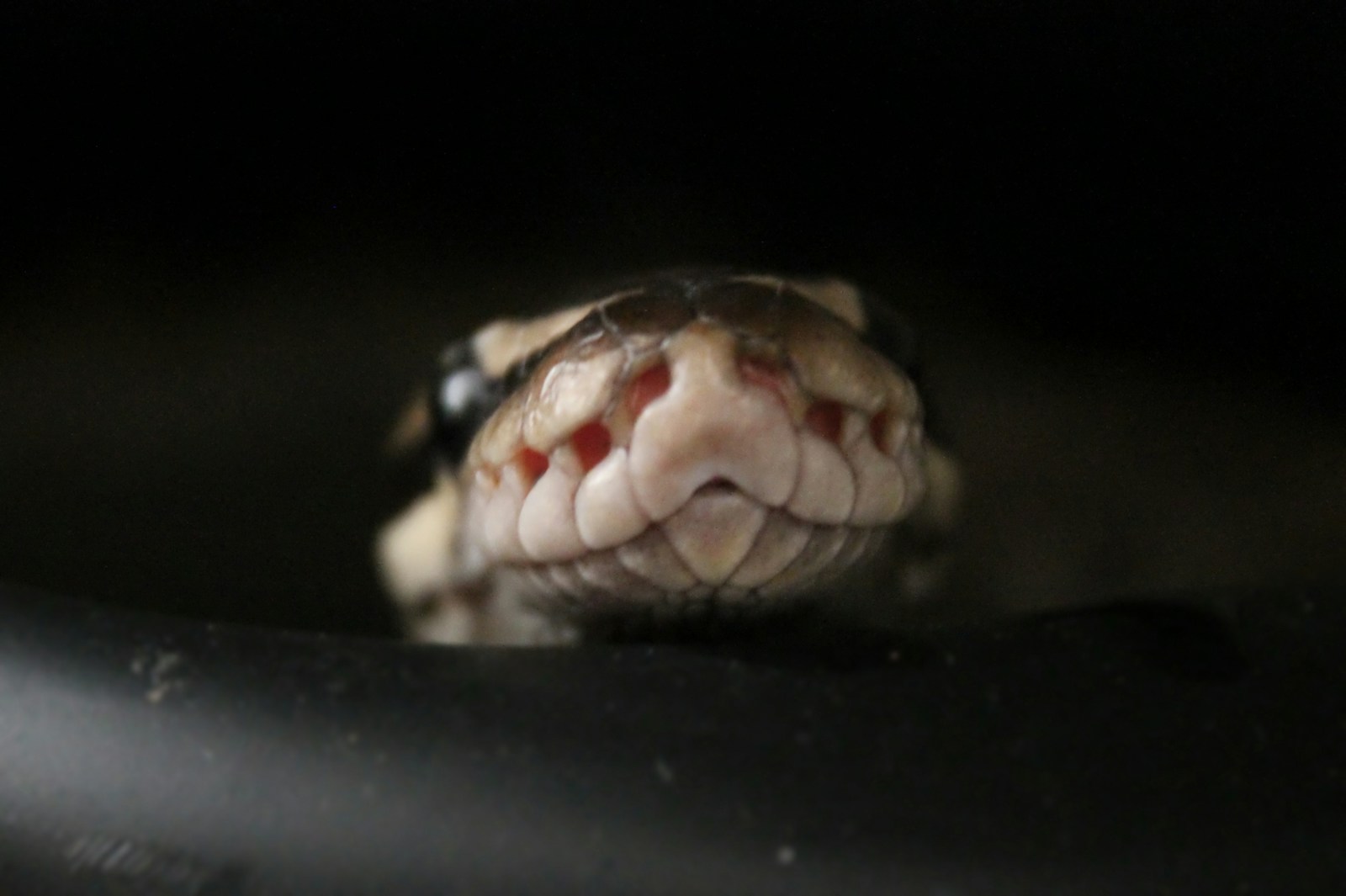
Regurgitation—the expulsion of partially digested food—is a serious sign of stress in snakes that requires immediate attention. This commonly occurs when a snake is handled too soon after eating, subjected to temperatures too cool for proper digestion, or experiencing significant environmental stress. Unlike with mammals, regurgitation in snakes isn’t a casual occurrence but rather a physically taxing emergency response that can damage their esophageal lining. Many experienced keepers recommend waiting at least 48-72 hours after feeding before handling any snake. Repeated regurgitation can lead to health complications including dehydration, electrolyte imbalances, and increased susceptibility to infections. If your snake regurgitates, give it at least two weeks of absolute peace before attempting to feed again, and offer a smaller meal than usual.
Changes in Respiratory Patterns
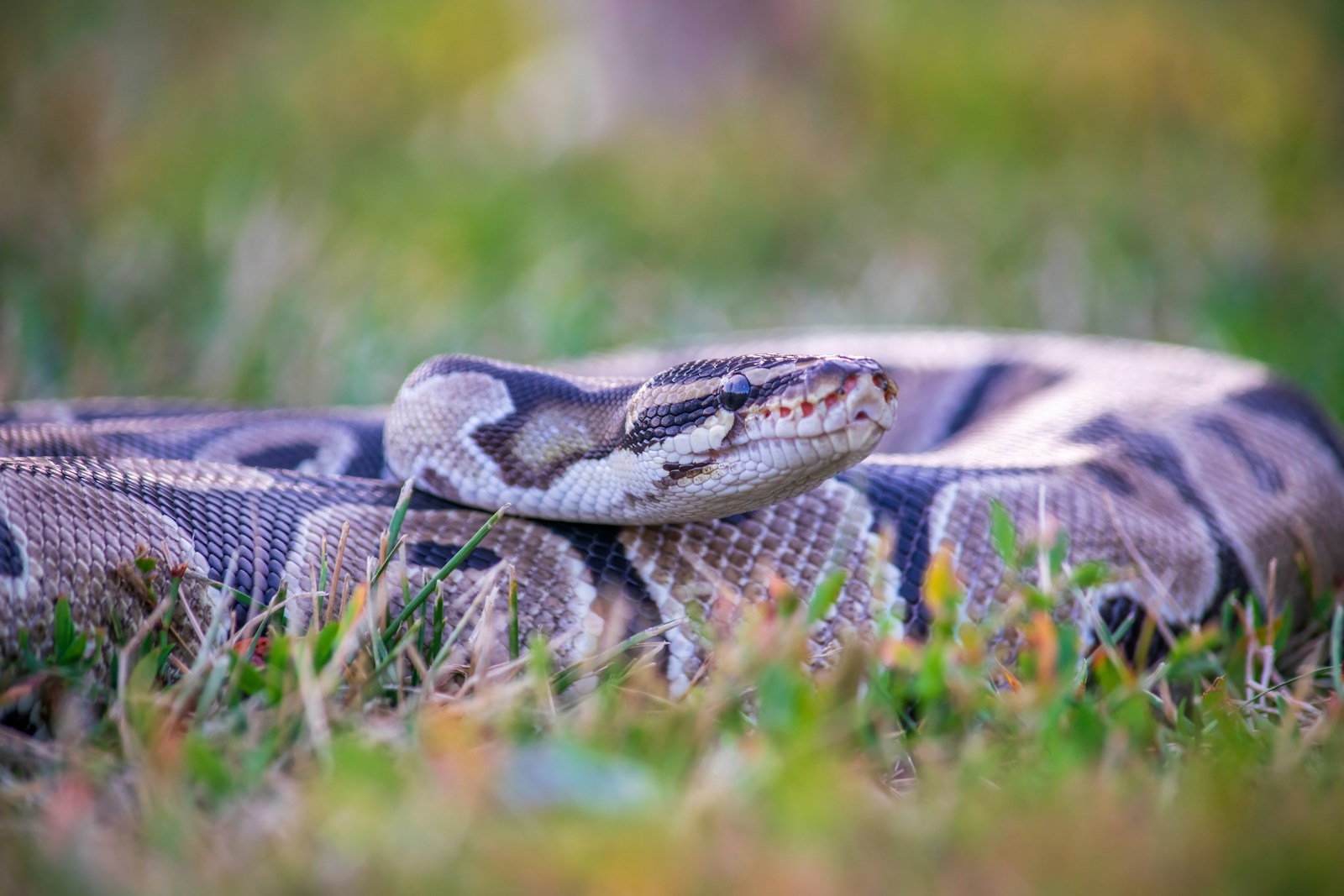
Stressed snakes often show altered breathing patterns that differ from their normal, nearly imperceptible respiration. Open-mouth breathing, wheezing sounds, or visible effort while breathing are concerning signs that may indicate respiratory distress triggered by stress. You might notice the snake’s sides heaving more noticeably than usual or hear audible breathing sounds. While these symptoms can also signal respiratory infections (which themselves can be triggered by chronic stress weakening the immune system), they often appear during acute stress episodes. Some species, like ball pythons, may exhibit stress-related respiratory symptoms when humidity levels are too low, creating a feedback loop where environmental stress causes breathing difficulties that further stress the animal. Addressing the underlying stressors is essential for resolving these respiratory changes.
Abnormal Shedding Patterns

Healthy snakes typically shed their skin in one complete piece, from nose to tail tip. Stress can disrupt this process, leading to incomplete, patchy, or difficult sheds—a condition known as dysecdysis. You might notice retained eye caps (spectacles), patches of old skin clinging to the body, or a snake that repeatedly enters the “blue” pre-shed phase without successfully completing a shed. This shedding disruption often results from stress related to improper humidity levels, inadequate rough surfaces for the snake to rub against, or underlying health issues causing dehydration. Chronic stress can also alter the frequency of shedding cycles, with some stressed snakes shedding more frequently than normal. Providing appropriate humidity and environmental enrichment can help alleviate stress-related shedding problems.
Weight Loss and Body Condition Changes
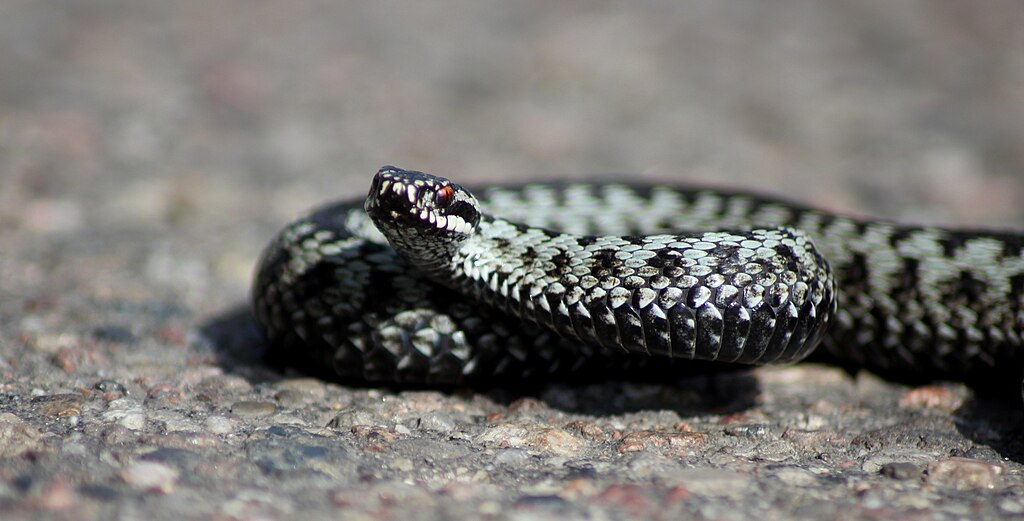
A stressed snake may experience noticeable changes in body condition, most commonly manifesting as weight loss. Regular weighing of your snake can help detect these changes before they become visually apparent. A healthy snake should have a rounded, muscular body without the spine being prominently visible. When stressed, particularly if refusing food, a snake may develop a more triangular body shape as muscle mass decreases. You might notice the spine becoming more prominent or the body appearing less full and robust. In severe cases, the snake may develop a wrinkled appearance indicating dehydration alongside the stress-related weight loss. These physical changes typically develop gradually over weeks or months of chronic stress, making regular health assessments important for early detection.
Unusual Fecal Output
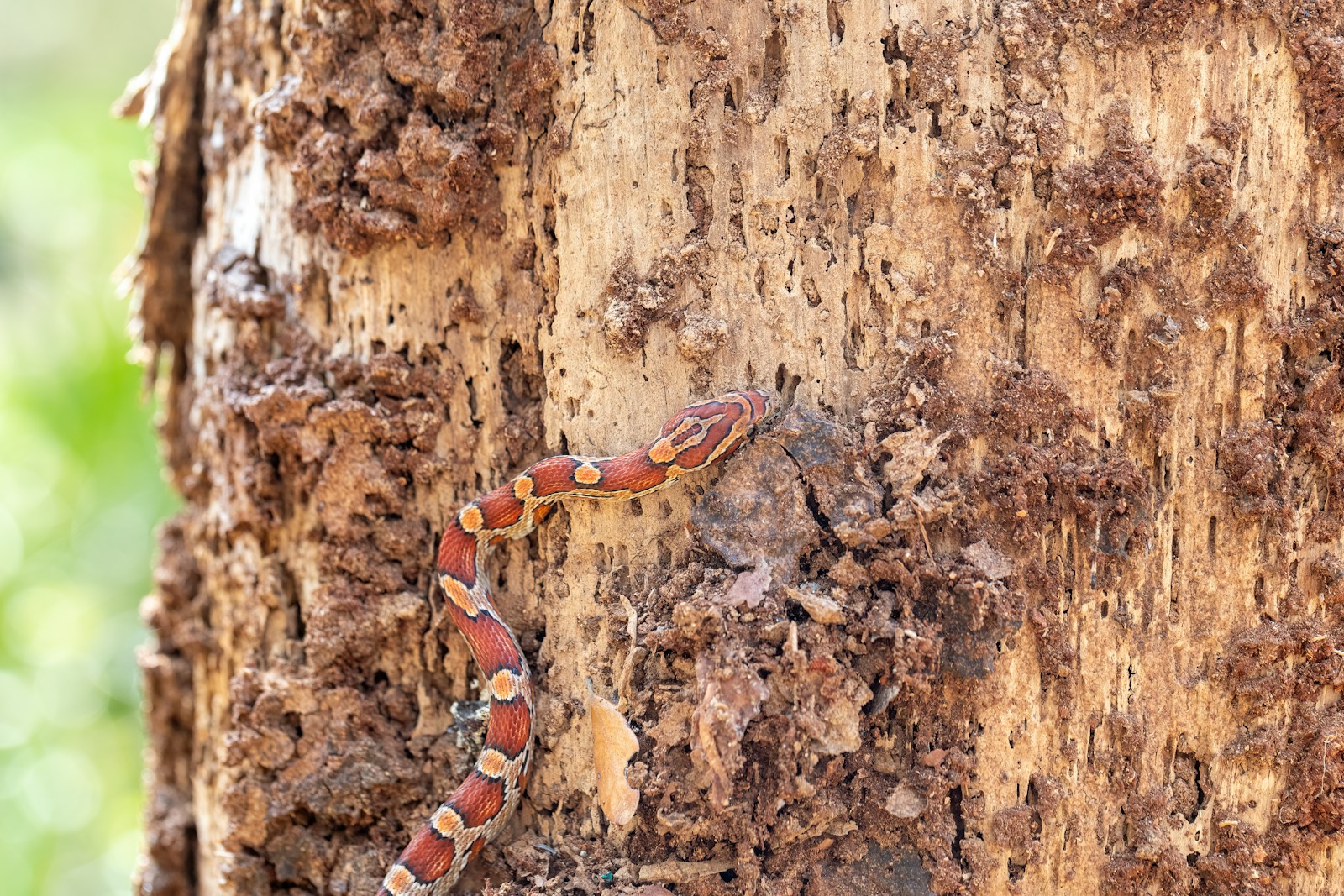
Changes in a snake’s waste elimination patterns can indicate stress-related digestive disturbances. Diarrhea, unusually frequent defecation, or conversely, constipation might suggest that stress is affecting the snake’s digestive function. Stressed snakes sometimes produce looser, more frequent stools or may even release their bowels when handled due to fear responses. The stress hormone corticosterone can alter gut motility in reptiles, leading to these digestive disturbances. Additionally, some stressed snakes may release musk or foul-smelling secretions from their cloaca as a defensive response when they feel threatened. Keeping a log of your snake’s elimination habits can help you notice patterns that might indicate stress-related digestive issues requiring adjustment to their care routine.
Increased Muscle Tension
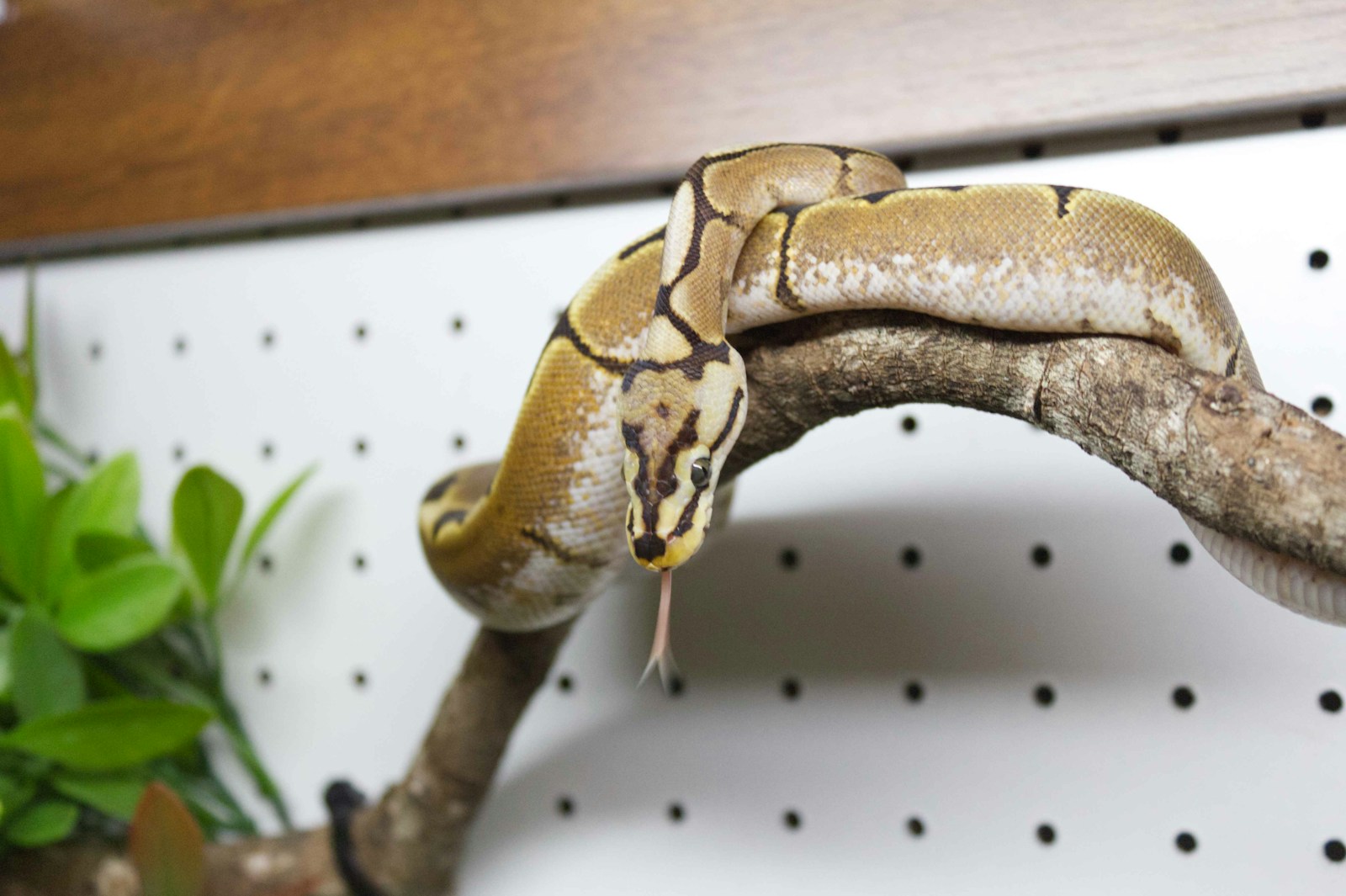
A relaxed, healthy snake typically feels solid but supple when held, with muscles that aren’t rigidly contracted. Stressed snakes often exhibit increased muscle tension, feeling unusually stiff or rigid when handled. This tension may be particularly noticeable in how the snake coils—rather than forming loose, relaxed loops, a stressed snake might create tight, defensive coils or feel unnaturally straight and stiff. Some species will form a tight ball (ball pythons are named for this behavior) or coil with their head hidden in the center when experiencing acute stress. Experienced keepers can often feel subtle differences in muscle tone that indicate a snake isn’t comfortable. This muscle tension serves as a preparatory response for fight-or-flight reactions and can indicate that the snake doesn’t feel secure in its current situation.
Seeking Unusual Temperatures
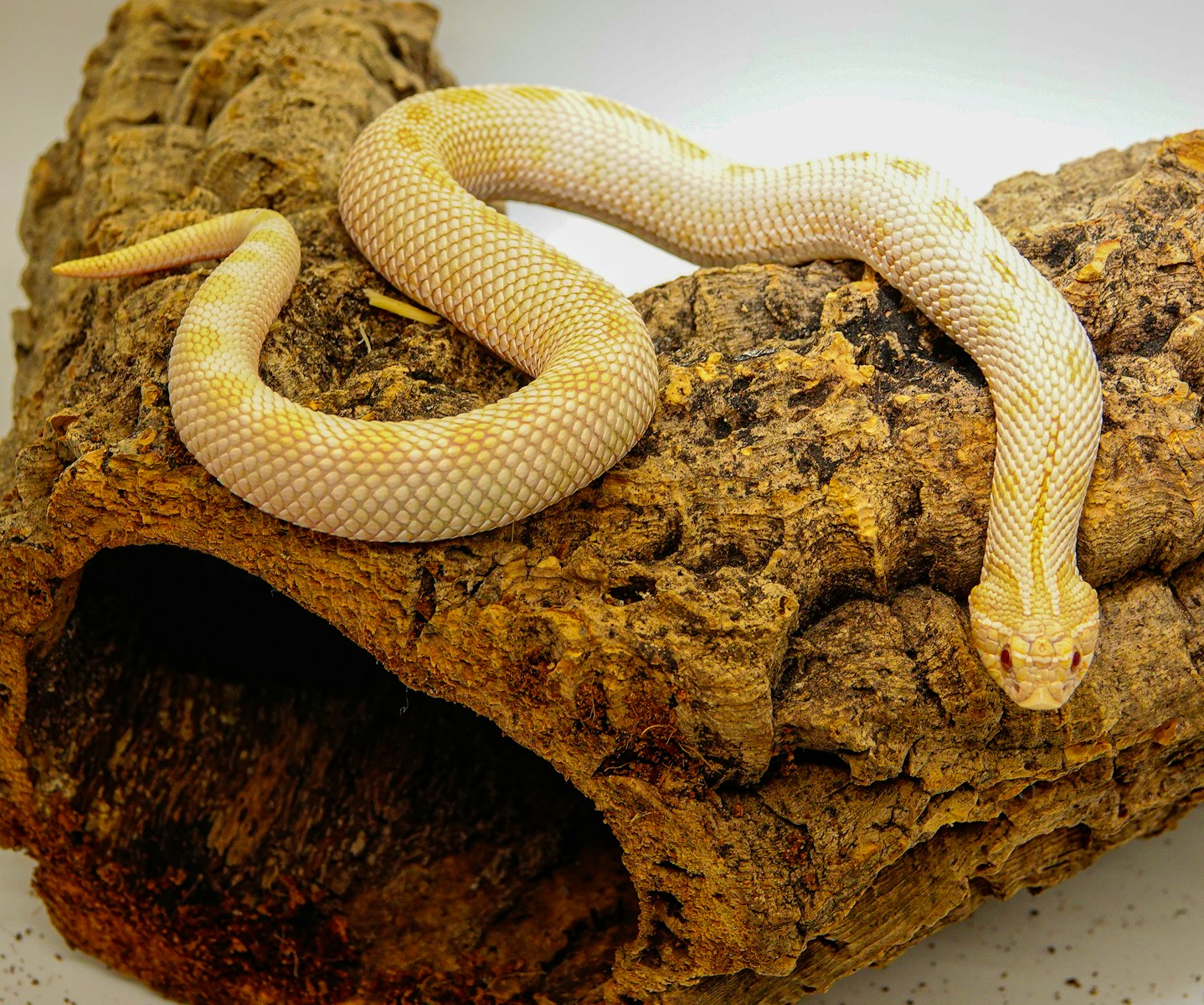
Snakes are ectothermic animals that rely on environmental temperatures to regulate their bodies, and stress can disrupt their normal thermoregulatory behaviors. A stressed snake might seek out temperatures at the extreme ends of its gradient rather than utilizing the range provided. For example, a chronically stressed snake might spend excessive time in the coolest part of its enclosure, effectively “shutting down” metabolically in response to overwhelming stress. Conversely, some stressed snakes might park themselves in the hottest area, which can indicate they’re fighting an infection that developed due to stress-compromised immunity. Either unusual temperature-seeking behavior warrants investigation, as proper thermoregulation is crucial for a snake’s digestive, immune, and metabolic functions. Monitoring where your snake spends its time can provide valuable insights into its stress levels.
Creating a Stress-Free Environment
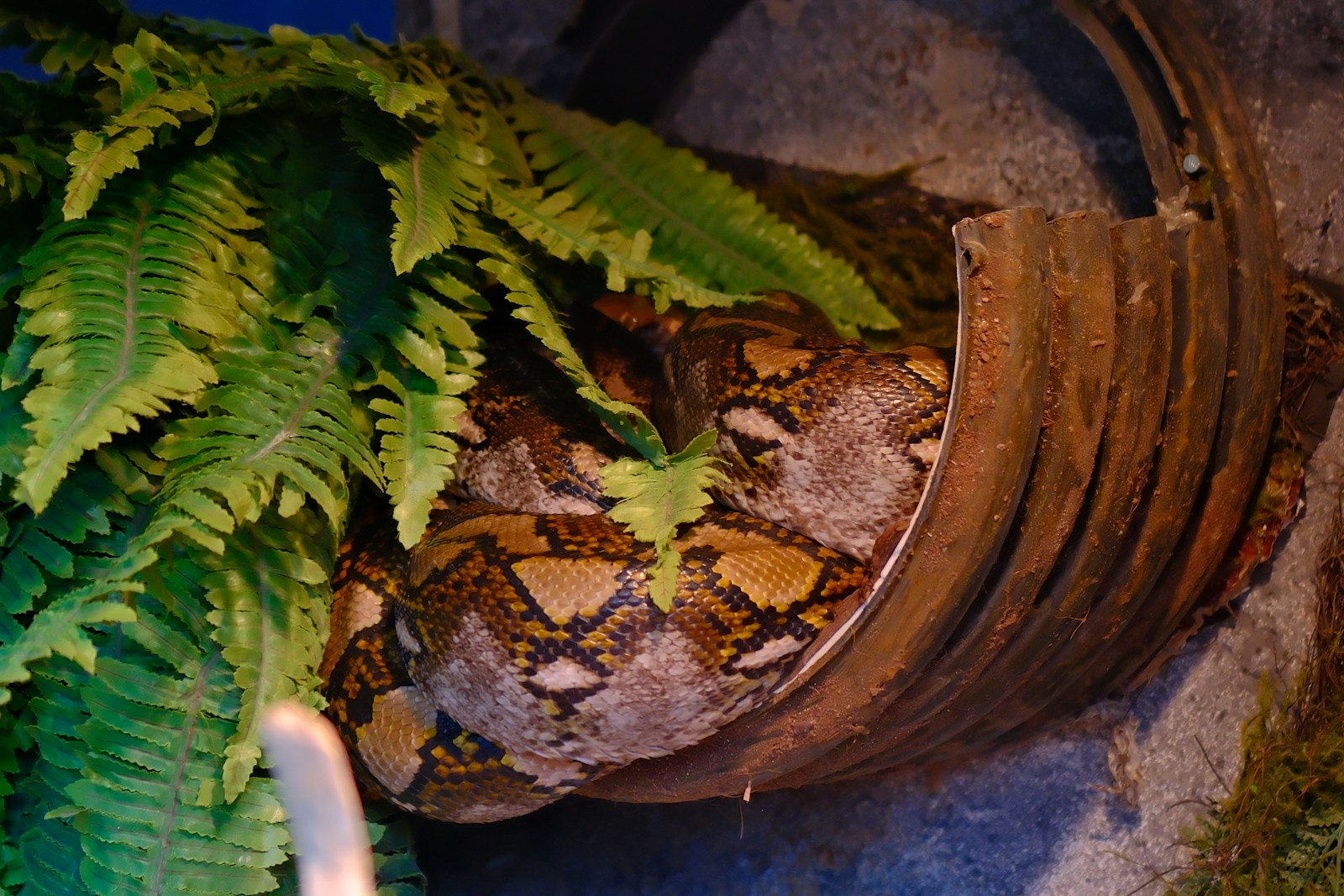
Addressing snake stress requires creating an environment that meets all of their biological needs. Ensure the enclosure provides appropriate temperature gradients with both warm and cool sides, allowing the snake to thermoregulate naturally. Humidity levels should match the requirements of your specific species, with particular attention during shedding periods when higher humidity is typically beneficial. Provide multiple secure hiding spots that allow the snake to feel protected—at minimum, one hide on the warm side and another on the cool side. Limit handling of new snakes until they’ve acclimated to their environment, usually for at least two weeks after arrival. When interacting with your snake, use confident, gentle movements rather than nervous, jerky motions that snakes may perceive as predatory. Regular, predictable maintenance routines can help your snake feel secure by minimizing unexpected disturbances to its environment.
In conclusion, recognizing stress signals in captive snakes requires attentive observation and understanding of normal species behaviors. By identifying these signs early, keepers can make necessary adjustments to their husbandry practices, potentially preventing more serious health complications. Remember that each snake is an individual with unique temperament and preferences, so what constitutes “normal” may vary somewhat between specimens of the same species. When multiple stress indicators appear simultaneously, it’s particularly important to reassess all aspects of care, from enclosure size and furnishings to temperature, humidity, diet, and handling frequency. With proper attention to these subtle cues, keepers can provide an environment where their serpentine companions thrive rather than merely survive, leading to healthier, longer-lived snakes that display natural behaviors and reach their full potential.

